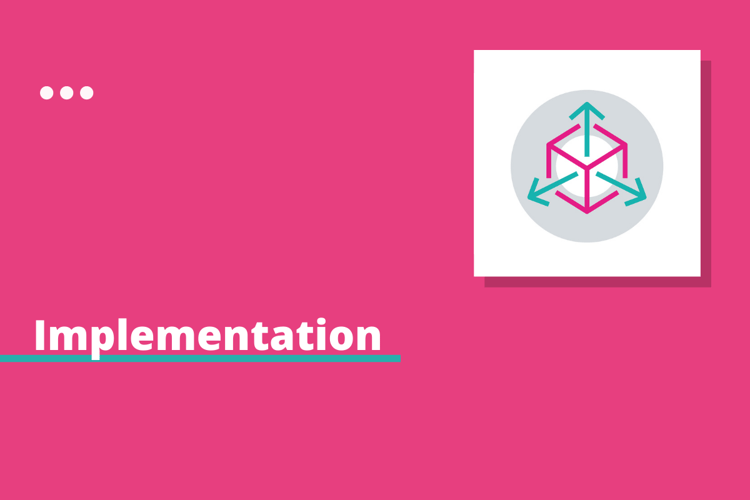Marketing and sales alignment is all about creating a seamless customer journey that guides prospects through each stage of the marketing and sales funnel. It may sound simple enough, but this can be deceptively hard to pull off.
Getting it right requires a carefully planned approach for the top, middle and bottom of your funnel. As well as knowing how you’re going to move prospects from one stage to the next. Perhaps most challenging of all, it requires sales and marketing to work closely together and be completely aligned.
Sales funnels are rarely perfect from the outset. In fact, they’re usually the result of years of testing, learning and continuous refinement. In this post, we’ll explore the tell-tale signs that you can use to identify issues in your funnel. We’ll also offer some suggestions for how you can correct these issues and build a smoother path to purchase.
Signs you’ve got leaks in your sales funnel
Low or falling conversions at the top of funnel
This is an obvious one. For leads to progress through the funnel they first have to get into it. Most companies will generate leads a number of different ways, through their website, by attending events or conducting outreach, to list just a few.
If the number of leads you’re generating drops away, or wasn’t high enough to begin with, then increasing the number of leads you’re generating, without compromising the quality of those leads, should be your first priority. It's also worth reviewing all your potential lead sources and ensuring that all leads are actually entering the funnel process.
Leads that aren’t being followed up on
Every lead is an opportunity. But on average, 80% of leads fall into the gap between marketing and sales, never to be followed up on. The transition between marketing and sales is a key pinch point and one that needs to be as smooth and reliable as possible if you want to deliver consistent results.
Bottlenecks in the funnel
One of the handy things about the sales funnel model is that it’s sequential, provided you have a segmented sales pipeline, which means with a bit of analysis you can quite easily identify where issues are. You simply look for the points in the process where leads aren’t progressing from one stage to the next.
Continuously monitoring conversion rates from one stage to the next is a good way for you to identify issues and correct them. You should also be monitoring overall conversion rates on an ongoing basis. If those rates start to drop, it’s time to find those bottlenecks and resolve them.
Inaccurate sales forecasts and missed targets
Sales forecasts aren’t always bang on the money. But your forecasts should be, overall, in line with performance. If you’re consistently overestimating your sales or not hitting your targets, that’s a signal that you need to take a look at the buyer journey and your forecasting methodology.
Why have you got leaks in your sales funnel?
If any of these problems sound familiar to you, you’re probably wondering what’s causing them. Here are a few potential culprits.
Your value proposition is no longer relevant
Your value proposition is the foundation of your entire business and especially your marketing and sales. If it’s not clear, specific or relevant enough to your customer and their priorities, that can undermine all of your marketing and sales work.
You’re chasing the wrong metrics
The KPIs you set your team will dictate how they spend their time and marketing budget. Those metrics ought to be aligned with what has proven to generate revenue, ie. website enquiries, event attendees and successful sales follow ups. Metrics like social followers or ad impressions are nice to have, but they don’t necessarily impact the bottom line and should be a secondary priority.
Marketing and sales aren’t aligned
Marketing and sales need to be on the same page. Crucially, they both need to have the same definition for what constitutes a quality lead for the business. Without this, marketing can end up casting the net too wide, supplying sales with leads that aren’t worth following up on.
- You may like: Five strategies for cost effective lead generation
The processes that govern how marketing and sales interact also need to be mapped out and documented. Key transitions such as the sales hands-off are moments where leads are often dropped. Just improving that one point in the funnel can have a big impact on overall conversions.
Poor processes and sales management
The overall processes for lead qualification and management (usually taking place in some kind of CRM) should be clearly defined. A CRM can be an enormously powerful tool, but only if the data stored in it is carefully maintained. Housekeeping tasks like keeping customer records up-to-date, logging interactions and making sure that lost deals are marked as closed massively increase the value of your customer data.
How can you fix it?
You’ve identified the problem, you understand the cause. Now you need to fix it. Here are a few ideas to help you deal with a leaky funnel.
Address the scope of the issue
If you’re a business with multiple locations or teams, start off by figuring out whether the problem is specific or generic. If the problem is isolated to one group of people or one rep, then you should work with those people to help improve their performance. If it’s more wide-spread, you need to look at the rest of your sales and marketing activity.
Review your value proposition
As mentioned earlier, your value proposition is integral to your entire lead generation process. It’s important to review it periodically to check it’s still aligned with your customer’s needs. Find out how to review your value proposition.
Address blockages in the funnel
By analysing where in the funnel your leads are dropping off, you can identify problem areas. Once you’ve found them, you need to review the activity in that part of the funnel and ask yourself what’s missing.

Focus on the customer experience. What information would people be looking for at that point in the decision-making process? What contact would they appreciate from your business? What are your current processes for that point in the funnel and are they aligned with your customer's needs?
Bring sales and marketing into closer alignment
Marketing and sales need to have shared goals and a consensus around how they will work together to achieve those goals. Before you get caught up in looking at the process, look at the fundamentals: what is the definition of a quality lead for our business? How many leads do we need to generate in order to meet our sales targets? Who is responsible for what?
Once you’ve answered these questions and got both teams to commit to the answers, then you can look at the processes that govern how teams will work together.
Building a reliable sales pipeline is an ongoing process that requires constant monitoring and adaptation. Customer behaviour changes over time, what worked last year won’t work forever. By analysing your overall conversion rates you can identify problem areas and correct them. This process of continual refinement will give you a better idea of what works and what doesn’t and make sure that you’re not investing time and effort in tactics that aren’t delivering.
Download our guide, Making Marketing ROI Work For Your Business, for a deep dive on how you can measure your measure Marketing ROI to improve the effectiveness of your sales and marketing.





